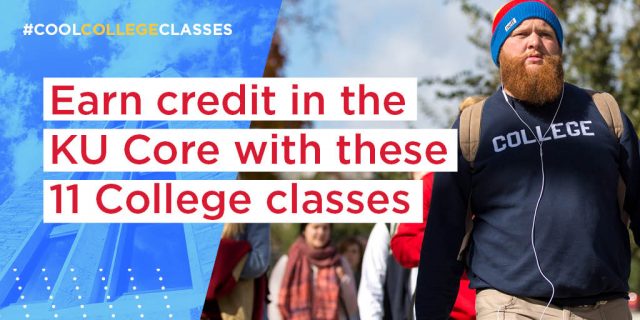
Looking to fulfill some KU Core credits next semester? Take a class in a subject that you’re passionate about or you’d like to learn more about! Classes in the Core can be a great opportunity to explore new topics, get a feel for classes in a particular major, or to take a breather from classes in your field of study. Don’t know where to start? We have some suggestions. Check out these 11 classes you can take in the Spring semester and earn Core credits.
ART 101 Art – Drawing I
Drawing allows us to communicate complex ideas, moods, and emotions through visual expression. It gives us a way to build a world of our own making through line and shading. If you’re hoping to get creative this Spring, check out Drawing I and other classes offered in the KU School of the Arts!

Introductory study of Drawing with emphasis on tools, techniques and observational development. Studio class includes intensive in-class exercises, lectures, images, and assignments. Students develop a formal fine arts vocabulary and gain verbal and written skills in critical analysis through individual and group critiques. Six hours scheduled studio activity and approximately six hours outside work weekly. Prerequisite: Must be a major or minor in the Department of Visual Art or receive instructor permission. Satisfies: Goal 3 Arts and Humanities (GE3H), H Humanities (H)
PHIL 140 Philosophy – Introduction to Philosophy
Pop quiz! This should be easy:
- What does it mean to live a good life?
- What does a just society look like?
- How do you know what you know?
- Are we free? How do you know?
Okay, maybe it isn’t so easy… Get a dose of wisdom this Spring in Introduction to Philosophy, and explore ideas and questions that major philosophers have grappled with throughout history.

An introductory examination, based primarily on writings of major philosophers, of such central philosophical problems as religious belief, the mind and its place in nature, freedom and determinism, morality, and the nature and kinds of human knowledge. Satisfies: Goal 1 Outcome 1 (GE11) , Goal 3 Arts and Humanities (GE3H), H Humanities (H), HR Philosophy & Religion PC (HR)
ENGL 209 English – Introduction to Fiction
Being able to tell a story effectively comes in handy in any career. Learn about the techniques involved in creating a compelling narrative by exploring works from some of the great masters of prose fiction in the English language in Intro to Fiction.
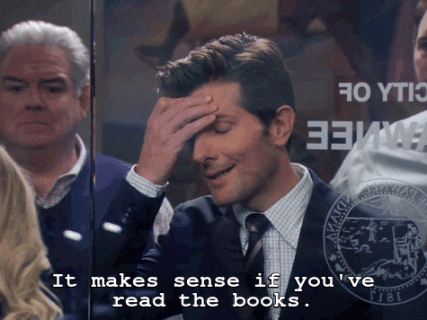
In-depth reading of and writing about prose fiction with emphasis on critical analysis of a variety of narrative types from different historical periods. Prerequisite: Completion of ENGL 101 and ENGL 102, or their equivalent. Satisfies: Goal 1 Outcome 1 (GE11), Goal 2 Outcome 1 (GE21), Goal 3 Arts and Humanities (GE3H), H Humanities (H)
GEOG 102 Geography – People, Place, and Society
It’s no secret that the impact of the human species on the natural world has been profound. For a better understanding of the complex relationship between humans, our activities and social systems, and the environments we live in, check out People, Place, and Society.

An examination of the relationships between humans and their environments. The course introduces students to basic concepts in human geography relating to economic activities, landscapes, languages, migrations, nations, regions, and religions. Serves as the basis for further course work in cultural, economic, political, population, and urban geography. Satisfies: Goal 4 Outcome 2 (AE42), Goal 3 Social Sciences (GE3S), S Social Science (S), SC Culture & Society PC (SC)
HA 261 History of Art – Introduction to Modern Art
Whether you’re inspired or perplexed by it, there’s no denying that modern art provokes strong emotional responses from audiences. But what social, political, and scientific movements led to the birth of what we call modern art? What ideas and motivations drove artists to create works associated with the movement, and how did those works reflect artists’ place in the modern world? Find out in Introduction to Modern Art.
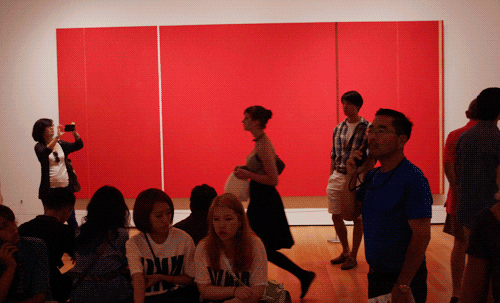
This course considers the efforts of artists to explore and represent their place in the modern world. The political, industrial, and scientific revolutions of the late 18th and 19th centuries in the West overturned the certainties of traditional authority and liberated artists to raise new questions. Innovations ranged from Impressionism’s light-filled landscapes to Surrealism’s dream imagery, Abstract Expressionism’s paint-spattered canvases, and Pop Art’s celebration of consumer culture. This course addresses these and other modern art movements, emphasizing developments in Europe and the United States through the late 20th century and concluding with international contemporary art in an age of globalization. Intended for non-majors. Satisfies: Goal 3 Arts and Humanities (GE3H), H Humanities (H), HT Historical Studies PC (HT)
POLS 150 Political Science – Introduction to Comparative Politics
If you’re alive in 2019, you’ve probably noticed that people have a lot of opinions when it comes to politics. For a better understanding of the various political systems that societies have been governed by, the components that make up those systems, and how political structures change over time, check out Introduction to Comparative Politics.
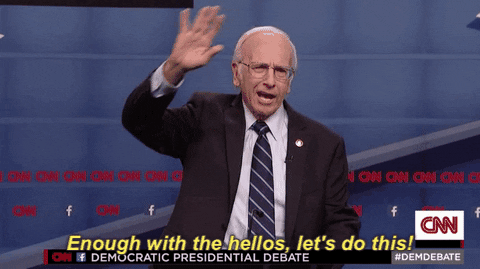
An introduction to the comparative study of political systems emphasizing governmental structures, parties, electoral techniques, and recent trends in the field. The course also considers major differences between (1) representative and autocratic systems, and (2) developed and underdeveloped nations. Satisfies: Goal 4 Outcome 2 (AE42), Goal 3 Social Sciences (GE3S), S Social Science (S), SF Public Affairs PC (SF)
REES 110 Russian & East European Studies – Understanding Russia & East Europe
Understanding Russia and Eastern Europe is a bit like, well, a Russian Doll: there are multiple layers that one needs to grasp. Luckily, Understanding Russia & East Europe will introduce you to a variety of the region’s fascinating and complex issues, from history and politics to languages, ethnicities, and religions, through a mix of movies and readings.
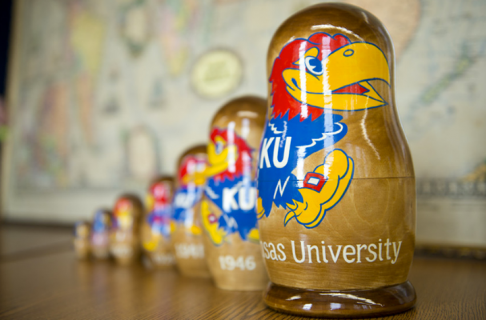
A multidisciplinary introduction to Russia and Eastern Europe. The course explores the geography, history, and politics of this complex region, as well as the diverse cultures, ethnicities, languages, and religions. A special focus of the course is the current socio-political situation in Russia and Eastern Europe in the context of the fall of communism nearly 30 years ago and the ongoing post-communist transition. Students in the course watch one feature film from Russia or Eastern Europe per week as a visual representation of issues discussed via scholarly articles and chapters, newspaper articles and news clips, video lectures, documentary and animated films, music videos, and literature. This course is offered at the 100 and 300 level with additional assignments at the 300 Level. Not open to students with credit in REES 310. Satisfies: Goal 4 Outcome 2 (AE42), H Humanities (H), SC Culture & Society PC (SC), World Culture (W)
AAAS 105 African & African-American Studies – Introduction to African History
Are you curious about people, places, and day to day life around the world? Take a class that will expand your knowledge of other cultures and people across the globe! In Introduction to African History, you’ll gain a better understanding of contemporary societies in Africa through the continent’s history, religion, arts, languages, and more.
An introduction to the interdisciplinary study of African cultures and societies focusing on contemporary life on the continent. Topics to be covered include the geography, history, politics, and economics of the continent, as well as the religion, languages and literatures, music, and the arts. The interdisciplinary perspective will provide students with a sound basis for understanding contemporary African societies. Satisfies: Goal 3 Social Sciences (GE3S), NW Non-Western Culture (NW), S Social Science (S), SC Culture & Society PC (SC), World Culture (W)
THR 106 Theatre – Acting I
Whether you plan to take the stage in a Shakespearean production, have dreams of seeing yourself on the silver screen, or just want to try out something new, Acting I is sure to bring a boost of creative energy to your semester. In this introductory course, you’ll test and improve your acting chops and get tips on body language, character creation, and speech techniques.
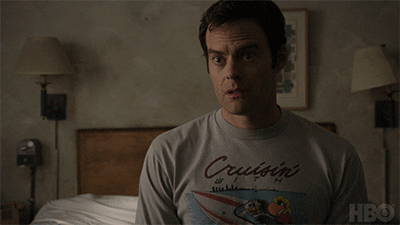
Fundamental techniques in acting. Practice in character creation, body language, and effective stage speech. Satisfies: Goal 3 Arts and Humanities (GE3H), H Humanities (H), HL Literature & the Arts PC (HL)
WGSS 333 Women, Gender & Sexuality Studies – Politics of Physical Appearance
Pale versus tanned, thin versus curvy, long locks of hair versus bob cut. From hairstyle and fashion to skin tone and body type, societies’ standards of beauty for women are constantly changing. In Politics of Physical Appearance, you’ll look past surface appearances to examine ways that standards of attractiveness have evolved over time, and the social and political impact of these shifting ideals.
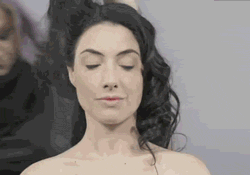
An interdisciplinary analysis of standards of physical attractiveness and cultural conceptions of women’s bodies. Includes analysis of how these standards change across time and cultural groups, and of the impact of these standards on women as individuals and on social and political outcomes. Satisfies: Goal 4 Outcome 1 (AE41), Goal 1 Outcome 1 (GE11), S Social Science (S)
SLAV 320 Slavic Language and Literature – Graphic Novels as Memory: Representations of the Holocaust and Communism
Most of us are familiar with memoirs and novels that deal with war, political movements, and tragedies of history like the Holocaust, but graphic novels exploring similar themes are often overlooked. In Graphic Novels as Memory, you’ll discover the relationship between graphic novels and memory of the Holocaust and communism.
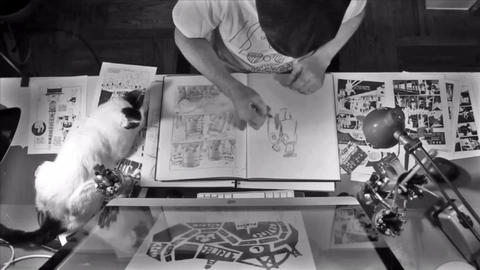
This course examines the connection between graphic novels and memory as an approach to critical reading and writing about literary works. This is a writing instructive and writing intensive course designed to expand student knowledge about the relationship between genres, audiences and contexts. Satisfies: Goal 2 Outcome 1 (GE21), H Humanities (H)
Note: These classes are offered across all semesters. Check out the schedule of classes to see what’s available in upcoming semesters.